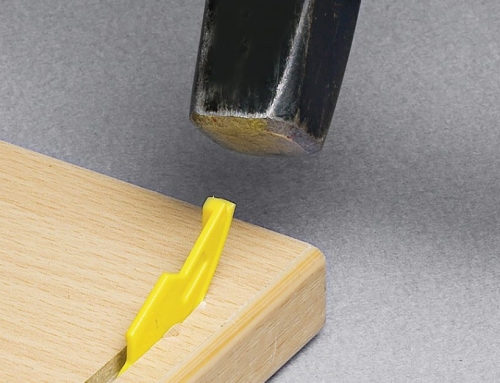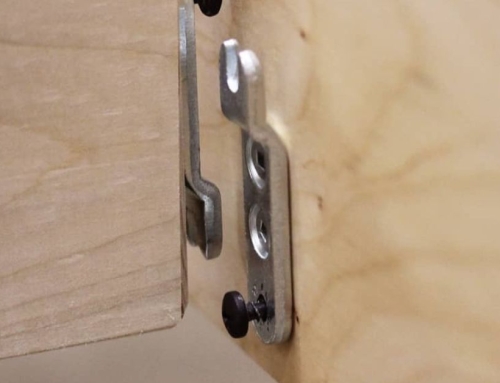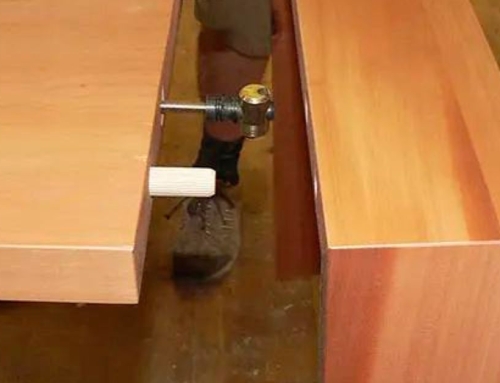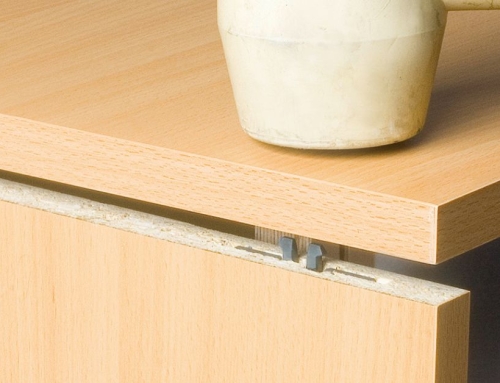In woodworking, the line between an average project and a masterpiece often lies in the construction details. A key decision for any craftsman is choosing the right method to join wood pieces. So when it comes to weighing pocket holes vs. dado joints, you need to figure out which is right for you. Both have their supporters and critics, with unique benefits for different projects.
Understanding the strengths and applications of each technique is essential to making an informed decision. Let’s take a closer look at pocket holes and dado joints to help you select the most suitable method for your woodworking projects.
Which Is Better for Your Project?
Before we measure twice and cut once, it’s essential to understand the basics of each joint. Pocket holes are drilled at an angle into the edge or surface of a wood piece, often used to join two boards at a right angle. They’re known for their relative ease of construction, especially for beginners.
Dado joints, on the other hand, are carved or cut into the surface of a wood piece, creating a slot that can house another corresponding wooden piece. This method commands precise measurements and sawing, and it’s highly revered for its strength when the joint is glued.
Comparing Strength and Reliability
In terms of the test of time, dado joints reign as the champions of strength, especially when adhesives are introduced into the equation. They provide a larger gluing area, which translates to a more robust bond and an overall sturdier structure. Pocket holes, though self-supporting to a degree, may require additional reinforcement, making their application more strategic depending on the intended use of the project.
Aesthetic and Adaptability
Craftspeople who place a premium on appearance often find themselves leaning towards dado joints. With a seamless look, dado joints do not disrupt the surface continuity, resulting in a more visually appealing finish. Additionally, dado joints are highly adaptable, making them suitable for a diverse range of woodworking projects, from bookshelves to dressers.
Pocket holes, while not invisible, can be discretely tucked away with appropriate placement. They offer adaptability in the repair and customization of projects, especially in scenarios where future disassembly might be needed.
Navigating Ease of Construction and Efficiency
In the realm of ease and efficiency, pocket holes have a clear advantage. They require less preparatory work, as there’s no need for precise slots or mating parts. With suitable jigs and drills, pocket holes can be constructed quickly and with less risk of error.
On the flip side, while the learning curve for dado joints is steeper, the efficiency for larger-scale batch production can be significant. Once set up, making multiple dado joints is a streamlined process that can save time on projects that require a larger number of joints.
Explore More Woodworking
Whether you prefer pocket holes or dado joints, there’s always more to learn and explore about which is right for you in the world of woodworking. From traditional joinery methods to modern innovations, the possibilities are endless. Keep experimenting, perfecting your craft, and most importantly, having fun with it!
Ready to take the chisel in hand and begin your woodworking journey? Check out our inventory of furniture connectors and joinery tools to take your artistry to the next level.





